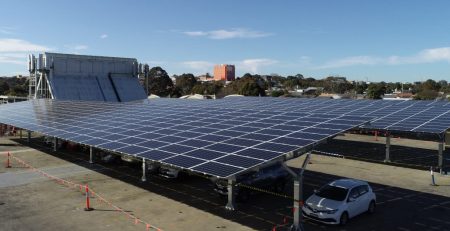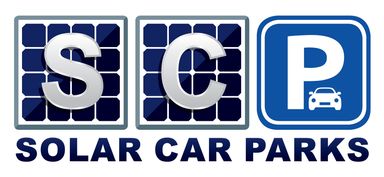How Solar Panels Are Made for Solar Car Parks: Powering the Future of Sustainable Parking
As the demand for clean energy in Australia grows, businesses and property owners are exploring innovative ways to contribute to sustainability. A prime example is integrating solar panels into car parks. These solar car parks not only harness renewable energy but also provide shaded parking areas, helping to keep cars cool. Here’s how these solar panels are made for solar car parks.
1. Understanding the Demand for Solar Car Parks
Solar car parks are an innovative solution combining renewable energy with existing infrastructure. They also offer potential power sources for electric vehicle (EV) charging stations, adding substantial value to properties.
2. Raw Materials: The Building Blocks of Solar Panels
Solar panels primarily use silicon for light-to-electricity conversion, with key materials including:
- Silicon: Used in photovoltaic (PV) cells for solar energy conversion.
- Metal Conductors: Silver or conductive metals for electricity pathways.
- Glass: Protects silicon cells from environmental factors.
- Back Sheet and Encapsulates: Provide insulation and enhance durability.
3. Crafting Solar Cells: The Photovoltaic Effect
Solar panels operate through PV cells that convert sunlight directly into electricity. The process includes:
- Purifying Silicon: To yield high-purity silicon crystals for wafers.
- Doping: Treating silicon with boron or phosphorus for conductivity.
- Layering and Coating: Enhances light absorption in each cell.
These cells are interconnected to form a panel, generating a wattage suitable for car park energy needs.
4. Panel Assembly: Wiring and Framing for Efficiency
Cells are wired and laminated within the panel:
- Connecting the Cells: Conductors like silver carry electrical currents.
- Encapsulation: Protects cells from moisture and dust.
- Framing: Aluminum frames add protection and durability, ideal for outdoor Australian environments.
5. Installation and Mounting: Tailoring Panels for Car Parks
Solar car park installations use specialized carport structures that maximize sunlight exposure. Tailored installation considers:
- Orientation and Tilt: Panels are angled for optimal sunlight.
- Wiring for Usage: Powers EV stations or stores energy for future use.
6. Quality Control and Testing: Ensuring Peak Performance
Before deployment, panels undergo rigorous testing to meet Australian standards. Quality control ensures resilience against weather and long-term efficiency.
7. The Environmental Impact of Solar Car Parks
According to the Clean Energy Regulator, solar car parks contribute significantly to reducing greenhouse gas emissions. Most panels offset production energy within a few years, making them a net-positive addition to environmental impact.
Conclusion: Why Solar Car Parks Are the Future of Sustainable Infrastructure
From material refinement to energy-efficient design, creating solar panels for car parks showcases advanced engineering. These panels support a sustainable future, generating clean energy while providing eco-friendly parking options.
For property developers or businesses considering solar car parks, investing in this technology harnesses renewable energy to make parking spaces as green as possible.
|








Leave a Reply